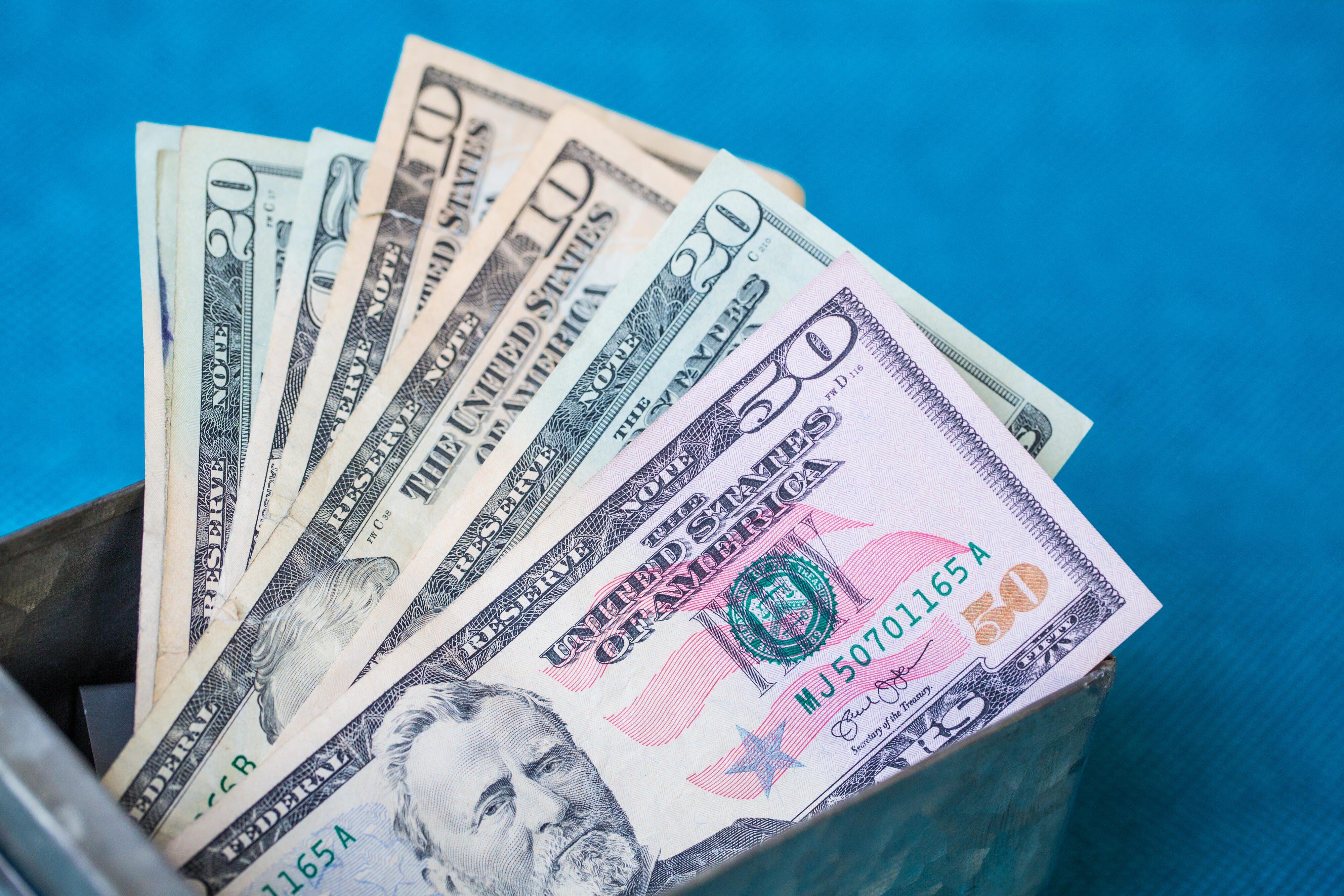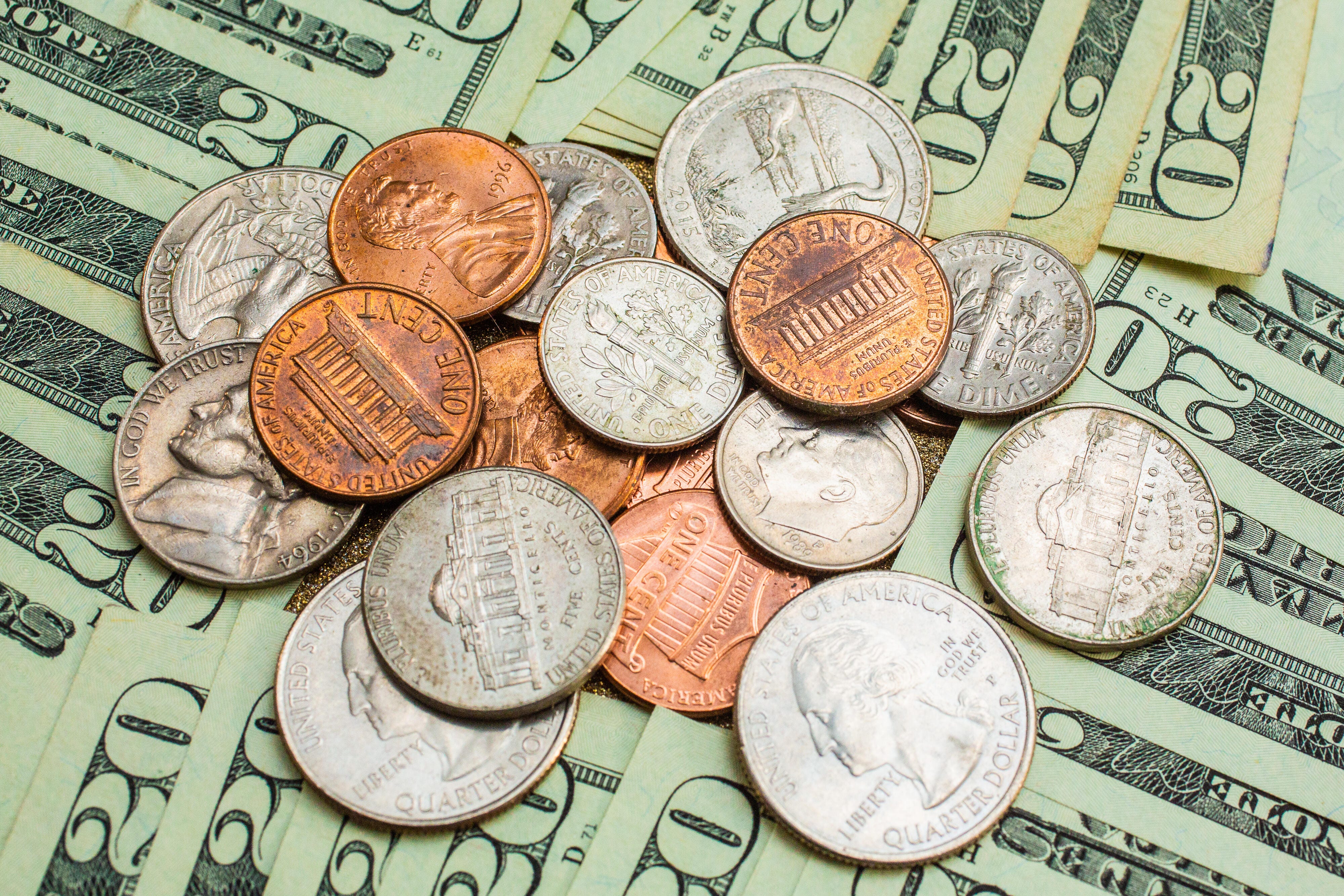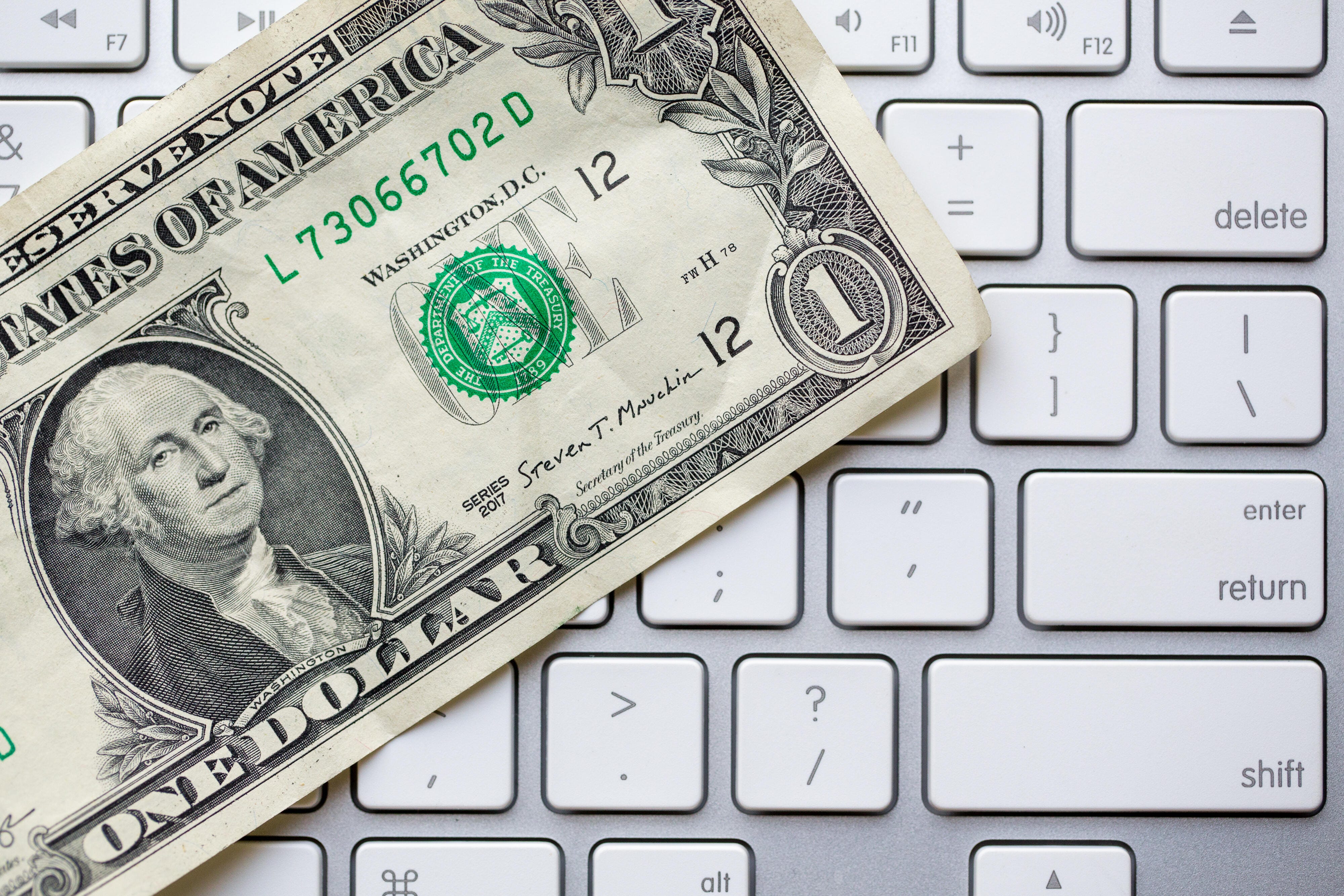
Stimulus checks for Social Security recipients are headed out now, including for people in SSI and SSDI programs.
Angela Lang/CNETAfter a delay, stimulus checks of up to $1,400 per qualified family members are finally going out to people who receive Social Security benefits, the Treasury and IRS announced Tuesday. The third stimulus payments will reach an estimated 30 million eligible people in this group. Why the holdup? The Social Security Administration said it needed to follow strict steps laid out in the Social Security Act in order to validate the payment files for recipients -- including Supplemental Security Income, Social Security Disability Insurance, veterans and retired railroad workers.
The IRS says it projects the majority of the stimulus checks for this group will "be sent electronically and received on April 7." That means you could receive your payment through direct deposit or on your Direct Express card, if you have one. Social Security beneficiaries can track their stimulus check status with the IRS starting the weekend of April 3-4, the Treasury said. If you don't receive your payment by this date, keep an eye on your mailbox for a paper check.
We'll tell you every important thing you need to know, including how Direct Express cards work this time around and who may need to file a 2020 tax return to get more stimulus money (you may need to do this if you gained a new dependent in 2020). If you stopped or started receiving SSI or SSDI in 2019 or 2020 or are missing money from the first two stimulus checks, you could also face another obstacle. (If you have kids, you'll also want to know about how to qualify for the new child tax credit, including if your child is a qualified dependent -- the CTC could deliver up to $3,600 per child.) This story was updated with new information.
Important things to know if you get Social Security benefits
- Many people who receive Social Security payments and most SSI, SSDI, VA recipients and Retired Railroad Workers will qualify to receive a stimulus check (general eligibility requirements here).
- You could receive your payment by April 7 if you have direct deposit set up or through a Direct Express card.
- If you used the Non-Filers tool in 2020 and didn't have a change in life circumstances, you may receive a check automatically as part of the ongoing stimulus payment batch. Going forward, your money could arrive as a paper check.
- You could get a larger check this time around, especially if you claim dependents.
- Are you part of a mixed-citizenship family? There are some things you should know.
- Stimulus checks can once again be seized by private debt collectors, but not from past-due child support.
- You'll need to file a 2020 tax form to claim any missing stimulus money, even if you don't usually file taxes.
- You may also need to file a 2020 tax form (for free) to claim your dependents for the third stimulus check.
- The government says it will conduct an outreach program letting taxpayers know if they're eligible for any funds and offering help if needed.
- Any missing payment from the third check, approved as part of President Joe Biden's $1.9 trillion relief package, may be paid out as part of tax season 2021 (in 2022), a year from now. You'll likely have to file a tax return to claim it, if the IRS follows the same pattern for missing stimulus check money as now (more info on this below.)
- There's no fourth stimulus check yet, but some are advocating for more direct payments to Americans.
Stimulus check timeline for SSI, SSDI, veterans, retired railroad workers
Federal beneficiaries who file a 2019 or 2020 tax return or used the Non-Filers tool in 2020 may have already received a stimulus payment or could get one as part of a future batch of checks being sent out by the government.
For everyone else, your payment could arrive on April 7 through direct deposit or on your Direct Express card.
The IRS and Treasury will use the information it has on file to automatically send you a check (even if you didn't file a return). People who have already filed a 2020 tax return this year to claim missing stimulus money may find that the IRS will likely use this information instead of your 2019 details if it has processed your latest return (here's how to see).
Some people may need to file a 2020 tax return, even if they don't usually file, so the IRS has all the information needed to send payments to cover your eligible dependents.

The rules surrounding the third stimulus check can get confusing, fast.
Sarah Tew/CNETHow will the IRS send my stimulus money: Direct Express, in the mail, another way?
If you didn't submit a 2019 or 2020 tax return or used the Non-Filers tool in 2020 and you receive your monthly Social Security benefits by Direct Express card, it's likely you'll receive your third payment on your Direct Express card, according to the SSA and Direct Express (PDF). It appears the same card will be used.
Note that you'll receive one free withdrawal in addition to your usual free monthly withdrawal for monthly benefits.
Direct Express is a departure from the first two stimulus payments approved in 2020. Most SSI and SSDI recipients received their first payments through a non-Direct Express bank account or as a paper check if they didn't have their bank account information on file with the IRS. The IRS said SSI and SSDI recipients should have gotten their stimulus check money the same way they received their first stimulus checks, including Direct Express for some. Here's how to claim missing stimulus money from the first rounds.
Could my stimulus money come as an EIP debit card?
Five million stimulus payments are projected to be made through the EIP debit card, according to the IRS -- however, checks going out to Social Security recipients won't take the form of an EIP card. According to the SSA support website:
"The IRS does not plan to issue prepaid debit cards to beneficiaries for this third round of EIPs... The Social Security Administration does not administer the EIP debit card program, and did not decide who received an EIP debit card instead of a paper check."

If you're missing stimulus money for yourself or your dependents, you'll need to claim it on your tax return.
Angela Lang/CNETAm I able to sign up for Direct Express? What if I've closed my account?
You can sign up for a new Direct Express account at any time to receive monthly federal benefits electronically, but if you don't currently have an account, you'll receive your third stimulus check a different way, likely in the mail.
If you closed your Direct Express account or there's an error sending money to an inactive account, the payment will be returned to the IRS, which will reissue the stimulus money another way -- likely via mail sent to your last known address. If you moved, here's how to inform the IRS and USPS of your new address so you can get your payment.
Here's how to contact Direct Express to enroll in a new account for monthly benefits: Call 1-800-333-1795, Monday through Friday from 6 a.m. to 4 p.m. PT (9 a.m. to 7 p.m. ET). Note that Direct Express representatives may not be able to answer stimulus check questions. Here's more information about Direct Express cards and stimulus checks (PDF.)
Will I get the full $1,400 check? Could I get more? Less?
As part of Biden's American Rescue Plan, people who receive SSI and SSDI will once again automatically qualify to receive a third stimulus check, for up to $1,400, as they did for the first and second round of payments approved in March and December 2020.
In those first two rounds, those individuals were eligible so long as they had a Social Security number and weren't claimed as a dependent on someone else's tax return -- and so long as their household income didn't exceed the threshold ($75,000 single, $112,500 head of household, $150,000 married.)
The March 11 bill that authorized a third check expands stimulus payment eligibility to dependents of all ages, including young adults age 17 to 24 and older adult dependents. It also increases the amount set aside for those dependents to $1,400 each. Another change: This time around, the checks will be more "targeted" than they were in the first two rounds, meaning that single taxpayers who earn $75,000 or less per year will be eligible for the full amount, while those who earn more than $80,000 per year won't get any money. That means some families could get more money, while others will get less or none at all.
People receiving Railroad Retirement and Veterans Affairs benefits also automatically qualify for a payment, as they did in the first and second round of stimulus checks, the IRS said.
How do I make sure I get the entire payment for my dependents?
The third stimulus check changes the rules and makes dependents of all ages eligible for up to $1,400 each toward the household's total payment. That includes older adult relatives and college-age children. However, some beneficiaries with dependents will need to file a 2020 tax return to receive the $1,400 per dependent, so that the IRS knows how many dependents you claim.
"People in this group should file a 2020 tax return to be considered for an additional payment for their dependent as quickly as possible," the IRS said in a March 22 press release.
Here are all the ways you could get more money in a third check and what to know if you had a baby in 2020. Here are tax breaks for anyone caring for children and older adults. And here's who the IRS counts as an adult to receive their own stimulus check.
For the first stimulus check approved under the CARES Act in March 2020, qualified people with dependents age 16 or younger were eligible for up to $500 per child dependent, but not everyone actually received that extra money. For the second stimulus check, as long as your children were 16 years old or younger, they contributed $600 toward the final total of your household's second stimulus check.
If someone else manages my federal benefits account, how can I make sure I get my stimulus check?
If someone, also known as a representative payee, helps manage your Social Security benefits on your behalf, that person -- a relative, friend or someone appointed on behalf of an organization -- should discuss your benefits with you, the beneficiary. That's according to guidance from the Social Security Administration. So if you'd like to use your money, the person managing your account should provide you with the stimulus payment.
"Your Individual Representative Payee (PDF) should have received your EIP to the same direct deposit account or Direct Express card as your monthly Social Security or SSI payment," the SSA says on its site. "For an Organizational Representative Payee, the payee likely received the EIP electronically or by paper check in the mail."
The SSA says representative payees aren't required to account for the stimulus payment when they complete their annual accounting form, as it's not considered a Social Security benefit.

It isn't too late to claim missing stimulus money, but you have to file a tax return to do so.
Sarah Tew/CNETI don't reside in the US. What do I need to know or do?
If you're a Social Security beneficiary with a foreign address whose monthly benefit is deposited in a foreign bank account, you should receive your third stimulus payment as a check in the mail, the SSA said March 30. (The IRS doesn't usually deposit money into foreign banks.)
If you live abroad but receive your monthly benefits through a US bank, you should have received your first two payments by direct deposit to that account. If you still haven't gotten your money, it will have to be claimed as part of a tax return. Find out everything you need to know about stimulus checks, citizenship and living abroad here.
I never got my full stimulus payment from the first two checks and I don't file taxes. What are my options?
According to the IRS, people who receive Social Security retirement, SSDI, SSI and Railroad Retirement benefits, as well as Veterans Affairs beneficiaries, were automatically eligible for the first two stimulus payments. If you receive these federal benefits as your only form of income, you weren't required to file a federal income tax return in 2018 or 2019. Under the CARES Act, you should have received a stimulus check automatically (no need to file a simple tax return, as the IRS had originally said.)
If that money didn't arrive, it's possible you might have had a payment garnished for child support or funds diverted to pay a specific kind of creditor, but the rules changed with the second check. However, an IRS error could also be one potential culprit or the IRS may have needed more information about your eligibility.
To receive your money now, you'll need to claim the additional amount as part of tax season 2020, using the Recovery Rebate Credit. Even if you don't usually file taxes, you'll have to file to get those funds. The deadline for filing your 2020 taxes was extended to May 17, 2021.
In some cases -- if you received a letter from the IRS confirming that your payment was sent, but you never actually got the money, for instance -- you may need to contact the IRS to request a payment trace.
The IRS says you can create and then check an IRS account to see more information about your eligibility around the first two stimulus payments.
How do I claim my stimulus money for my dependents from the other two checks?
If you used the IRS' Non-Filers tool from May 5 through Aug. 15, 2020, the IRS should have automatically issued a catch-up payment for your dependents in October 2020. If you received your original stimulus money by direct deposit, you should have gotten the catch-up payment the same way. Others would have received it in the mail.
If you filed for your missing dependent money by Nov. 21, 2020, the payment should have arrived by the end of 2020 in the same way you received your first payment (likely direct deposit or by mail.) If you missed the deadline, your check should be included on your 2020 tax return in 2021, if you file for a Recovery Rebate Credit.
To see the status of your or your dependent's payment for the first or second payments, check your IRS account.
Here's everything else we know about the third stimulus checks, including what to do if there's a problem with your payment.
from CNET https://ift.tt/39vcjyR
via IFTTT




No comments:
Post a Comment